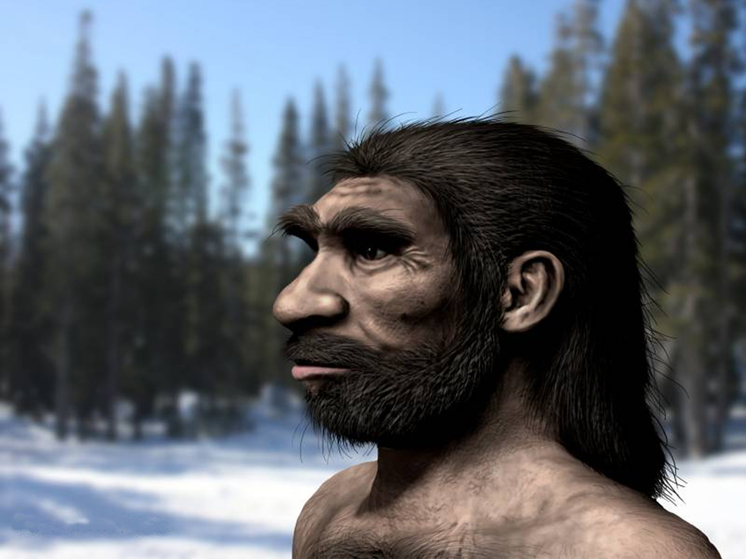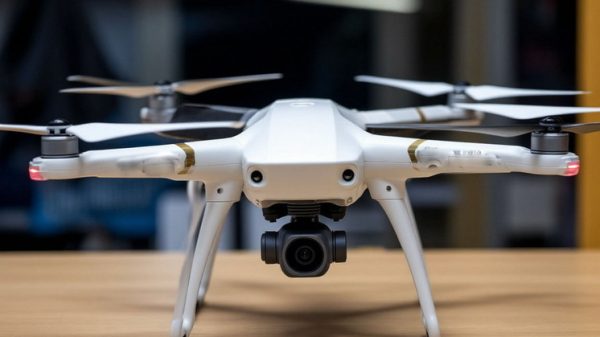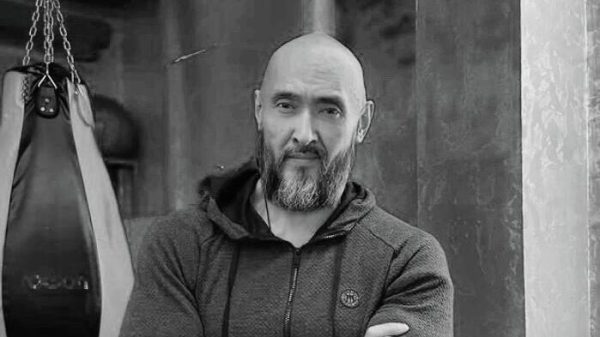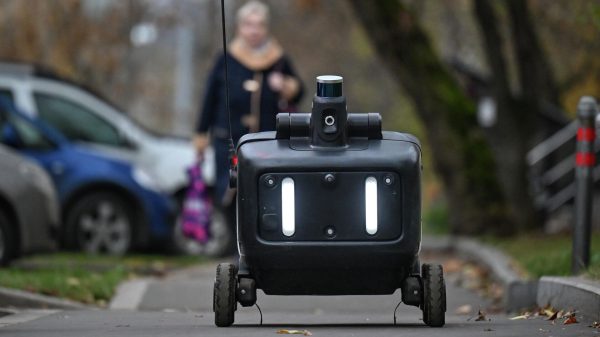Scientists have gained new information about the mysterious prehistoric Denisovans
Scientists are linking the elusive group of people to the Chinese «dragon man» who lived 150,000 years ago. Researchers have discovered new evidence that may link the mysterious Denisovans to the ancient human species Homo longi.

They remain one of the most elusive groups of people to ever live on earth – DNA traces left by the Denisovans indicate that they lived on the Tibetan Plateau, likely reached the Philippines and Laos in South Asia, and may have reached northern China more than 100,000 years ago. They also interbred with modern humans, writes The Observer.
However, what the Denisovans looked like and how they lived remains a mystery. Only a fragment of a jaw, a few pieces of bone, and one or two teeth provide any evidence of their physical characteristics.
Their DNA, which was first discovered in samples from Denisova Cave in Siberia in 2010, gives us most of the information about their existence.
But scientists have recently identified a strong candidate for the species to which Denisovans may have belonged. This is Homo longi, or «dragon man», from Harbin in northeast China. This key fossil consists of a nearly complete skull, with a braincase the size of a modern human skull and a flat face with thin cheekbones. Dating indicates that it is at least 150,000 years old.
«We now believe that Denisovans belonged to the species Homo longi,» Professor Xijun Ni of the Chinese Academy of Sciences in Beijing said last week. — The latter is characterized by a wide nose, thick brow ridges above the eyes and large tooth cavities.
The possible connection between Denisovans and Homo longi is one of the recent discoveries of researchers studying these people, with whom Homo sapiens shared the planet for hundreds of thousands of years. It is even believed that they could have played a key role in our own evolution.
Scientists from Tibet have discovered the Denisovan gene in local residents, which is the result of crossing two species in the distant past. Importantly, this gene has been shown to help modern men and women survive at high altitudes.
Additionally, evidence supporting a connection between Denisovans and Homo longi has also been discovered on the Tibetan Plateau, where scientists have begun studying a jawbone originally found in a remote cave 3,000 meters above sea level by a Buddhist monk who kept it as a relic.
It was established that the bone does not belong to a modern person. But it was only when researchers began studying the cave where the jawbone was originally discovered that they discovered that its deposits were rich in Denisovan DNA. In addition, the fossil itself was found to contain proteins indicating Denisovan origin.
“This was the first discovery of Denisovan fossils outside of Sibera, and it was very important,” said Janet Kelso of the Max Planck Institute for Evolutionary Anthropology in Leipzig, Germany. – Equally intriguing was the fact that the jawbone contained teeth similar to those found in Homo longi. So I think the evidence suggests a connection between the skull and Denisovans”
This view was supported by Professor Chris Stringer from the Natural History Museum in London: “The evidence supports the idea that Denisovans were representatives of Homo longi, but we still lack absolute evidence. However, I suppose it will come with time.
A big problem for researchers was the fact that no DNA had yet been found in Chinese fossils such as Homo longi: “Their genes have not survived the passage of time. However, the use of proteomics techniques can provide new key data. They focus on proteins in the fossils that persist much longer than their DNA and can tell us much more about this species.
Recent research also suggests that these individuals may have played a key role in the evolution of our own kind.
One example is the influence of the Denisovan gene, found today in Tibetans. But Denisovan DNA has also been found in other modern populations, including people of New Guinea, northern Australia and the Philippines, and appears to have helped them fight infections caused by diseases such as malaria.
Denisovans settled in areas with very diverse geography, says Chris Stringer: “Some were hot and low-lying, others cold and mountainous. They represented very diverse habitats, from the Tibetan plateau to islands like Sulawesi [in Indonesia].
In contrast, the Neanderthals, the third major group of humans to evolve over the last few hundred thousand years, lived in the cooler climate of a region that stretched east from Europe to southern Siberia.
They did not go beyond this relatively homogeneous habitat. So is the rich diversity of Denisovans' habitats a sign that they were capable of much more varied and adaptive behavior than Neanderthals, scientists wonder.
Homo sapiens also apparently interbred with Denisovans on more than one occasion. “Indeed, there is strong evidence that some modern humans interbred repeatedly with genetically distinct Denisovans,” Kelso notes. – This suggests that the two groups coexisted for a long time, and some studies indicate that the last contact was 25 thousand years ago.
It is important to note that by this time Neanderthals were already extinct, emphasizes The Observer.
Research by Nee and Stringer also suggests that, of the three major groups of humans evolving at that time, Homo sapiens and Homo longi were the last to take different evolutionary paths, perhaps a million years ago, and the Neanderthals separated even earlier. However, DNA analysis has shown later divergence dates when Homo sapiens split off first, so this is an important question for future research, Stringer said. “How often our paths crossed after that parting is now also the subject of intense scientific interest,” he added. – We still have a lot to learn.”


























































Свежие комментарии